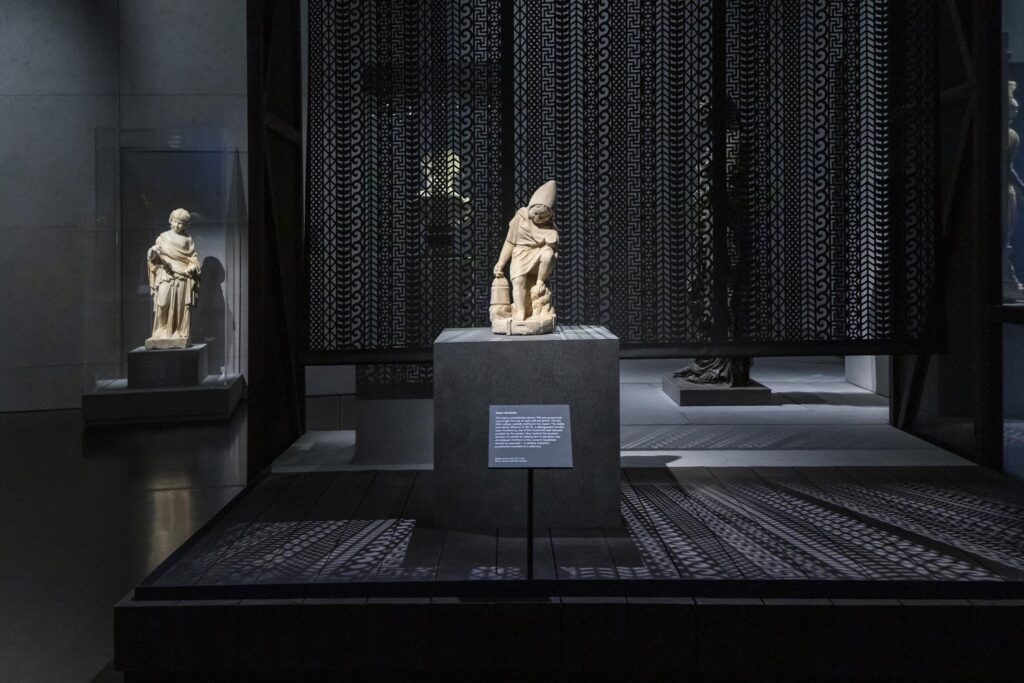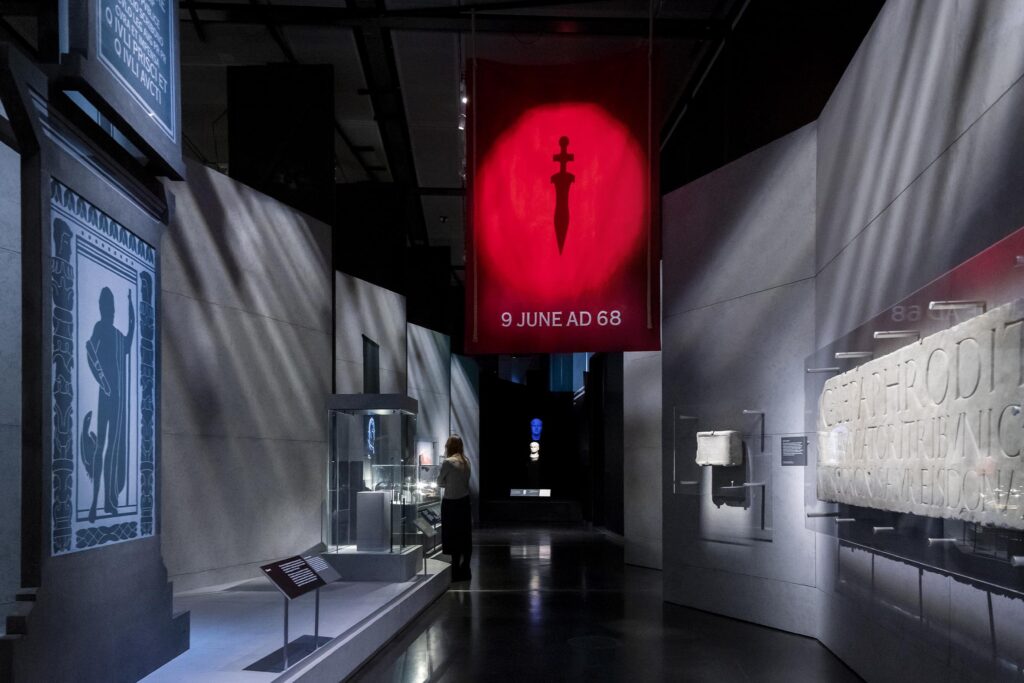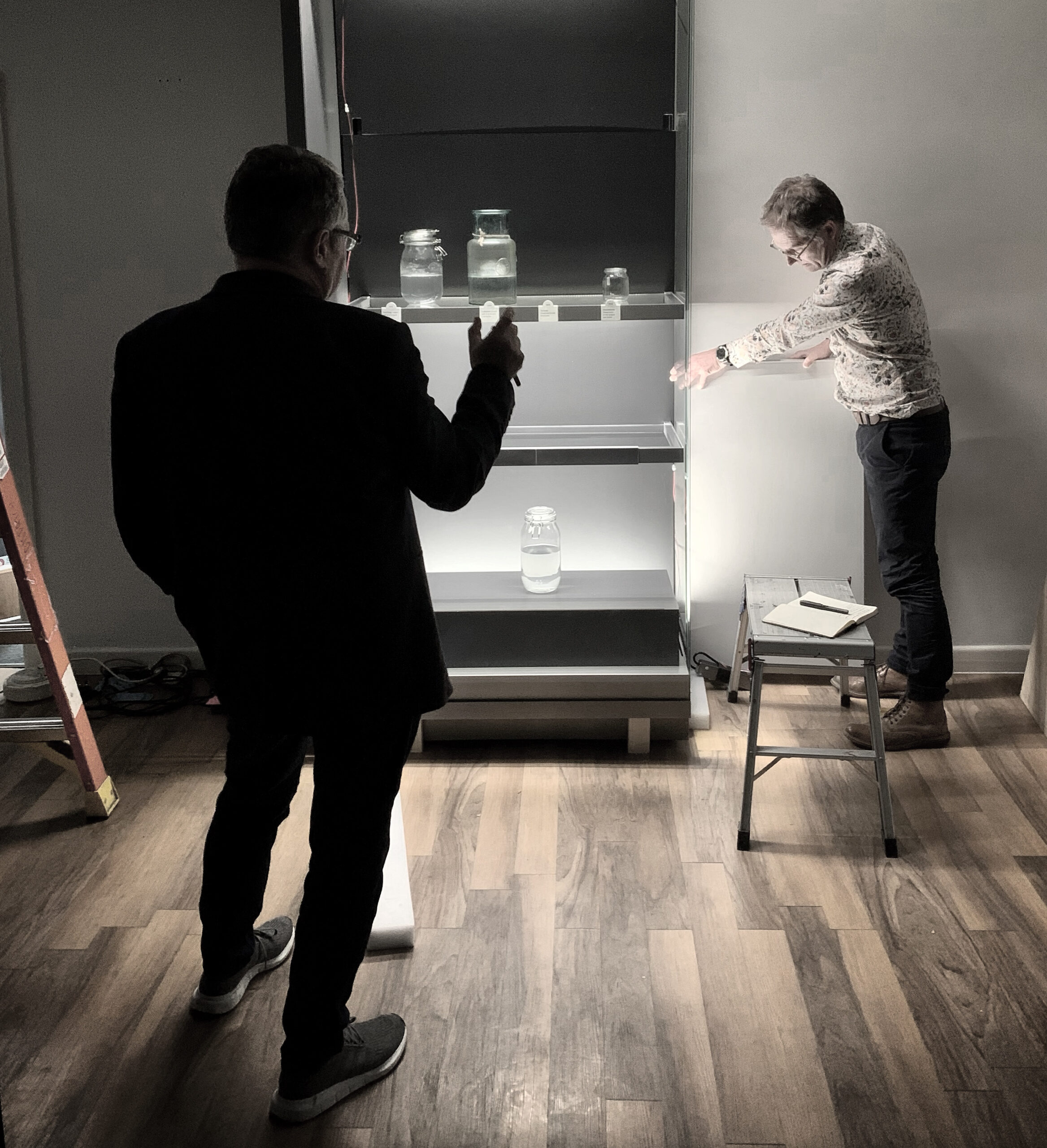Our latest project for Tiffany, the Vision & Virtuosity exhibition, or ‘a journey through 185 years of innovation, craftsmanship and heritage’ has opened at the Saatchi Gallery on London’s King’s Road.
The exhibition is a magnificent tour of Tiffany’s history, showcasing not only the in-house jewellery skills that have made them justly famous worldwide, but also the remarkable collaborations with other designers and creators that has kept them at the forefront of creativity since they were founded in New York in 1837.
With over 400 objects and seven exhibition sections to explore, the exhibition really does showcase the incredible range of craftsmanship the company has produced – not only in diamond jewellery, but in silverware & of course, iconic Tiffany lamps.
DHA worked with the set designers, Agence NC & video designers, La Meduse to produce seven very different rooms, each one dedicated to a key part of Tiffany’ history, from a study of their collaboration with key designers of their renowned window displays, to the role the company plays in Truman Capote’s novella, and later film, Breakfast at Tiffany’s that provided the best-known role for Audrey Hepburn: displays include her iconic Givenchy dress, the script he used and even a first draft of Capote’s novella.
The exhibition runs until the 9th August at the Saatchi Gallery, and remarkably, the exhibition is free; tickets are booked on the Saatchi app that can be downloaded from various app stores & also acts as your digital guide to the exhibition once you are there.





